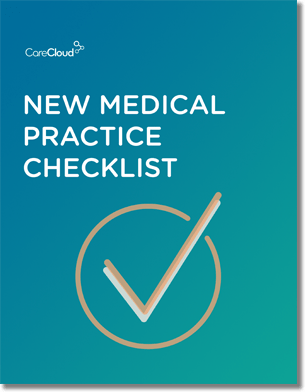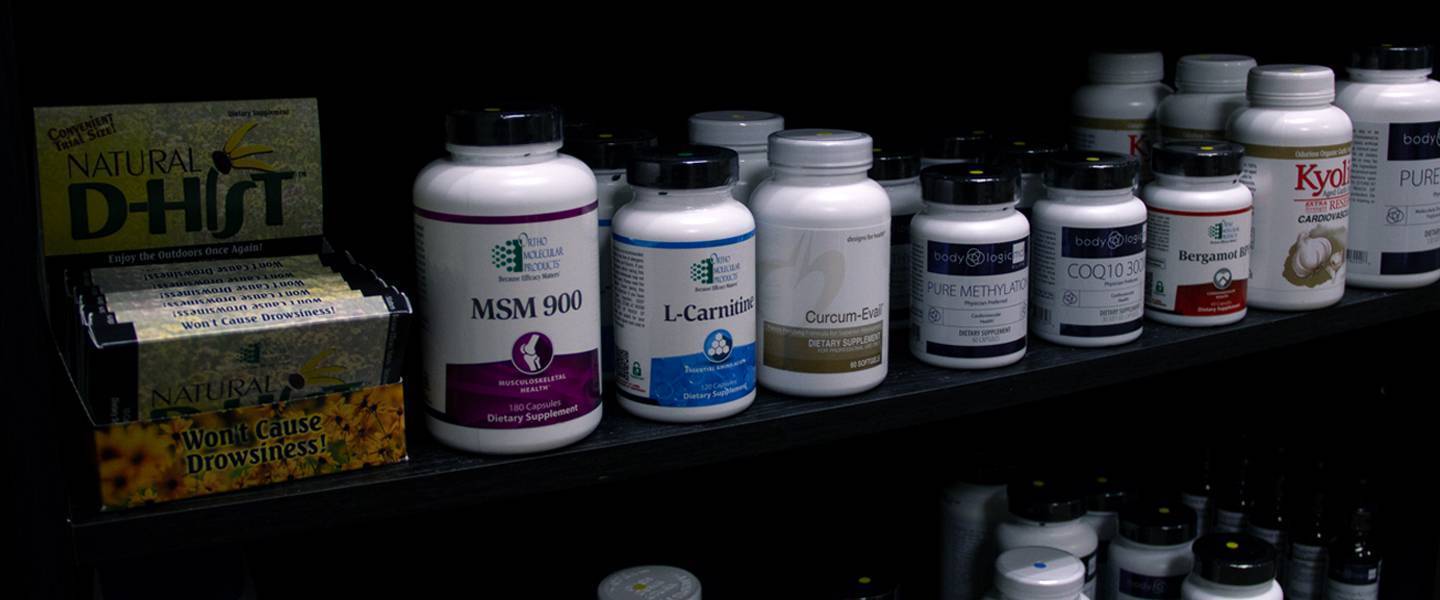by Tobi Elkin
Making products available for sale in medical practice waiting rooms is a growing trend, and while it’s been around for a while in dermatology, it’s increasing in other specialties. Direct-to-consumer product sales are helping medical practices boost the bottom line and diversify their revenue streams. But they must maintain a delicate balance — preserving the integrity of the practice, while also ensuring patients don’t feel pressured into purchasing from them.
“Direct-to-consumer product sales are helping medical practices boost the bottom line and diversify their revenue streams. But they must maintain a delicate balance — preserving the integrity of the practice, while also ensuring patients don’t feel pressured into purchasing from them.”
Dr. Lynnova Reynolds is a board-certified ob-gyn based in Carmel, Indiana, and owner and medical director of BodyLogicMD where she specializes in bioidentical hormone therapy for men and women. In her practice, she treats symptoms and conditions caused by hormonal imbalance such as low libido, weight gain, irritability, depression, hot flashes, and loss of muscle mass. Her treatments include customized nutrition, supplements, and fitness programs, as well as standard medical treatment.
Dr. Reynolds has been selling supplements from her office for about 18 months; they’re displayed in the waiting room on bookshelves, and patients may also purchase them online from her website. She admits to having some anxiety about waiting room sales until she learned how it’s done.
“Once I had my Indiana Registered Retail Merchant Certificate and learned about the process of ordering supplements to sell to patients, the rest was simple. I chose to get into this because my patients were more willing to try a supplement or treatment if I had it on the shelf to give it to them immediately following our consult, as opposed to receiving it in the mail two weeks later,” Dr. Reynolds said. “It’s also nice to have a quality supplement on the shelf to offer to the patient while they are at their appointment, otherwise they tend to buy inferior over-the-counter supplements that don’t work as well and think your plan for them isn’t working. Or worse, they don’t bother to go to the store at all because they’re too busy,” she added.
Dr. Reynolds has had products for sale in her office for 18 months, so she only has 1.5 years of data to analyze. However, on average, she estimates supplement sales have helped her double revenue though it can fluctuate from month to month.
She determines what to sell based on her plan for her patients, considering quality of life improvements and lab results. At the start, she sold fish oil, Vitamin D3, multivitamins, probiotics, and cleanse products. Once she started realizing revenue, she expanded her offerings to include Sarcotropin, which stimulates the pituitary to make more growth hormone, LibidoStim-F and LibidoStim-M supplements, and T-Restore.
Dr. Reynolds has established some best practices for her strategy: “My approach to supplement sales isn’t to try to sell the patient on any one product. I simply explain what patients’ labs are showing and then offer them a supplement that will work to improve their levels.” She says the key is to work directly with the supplement pharmacy, so you’re selling your patient pharmaceutical grade supplements for the best results. “I usually have the supplements I plan to review with the patient in the consult room with us so they can see and handle the product as we’re talking. By the time they go to the front desk to discuss price, most have decided which supplements they want to try first,” she said.
“I simply explain what patients’ labs are showing and then offer them a supplement that will work to improve their levels.”
Dr. Phyllis Okereke is the owner and medical director of BodyLogicMD of Houston and BodyLogicMD of Austin. An ophthalmologist and endocrinologist, she now specializes in the anti-aging treatment and has been involved in waiting room sales for 15 years.
She considers having the product available on-site in the waiting room as part of her patient’s treatment protocol and has made compliance easier. “They don’t have to spend time online searching for these products and paying shipping for them. It also ensured me that the patient was using the right product of the correct quality,” she says. In addition, having the products available ensured that she would reap the reward after seeing a patient and making a product recommendation.
“They don’t have to spend time online searching for these products and paying shipping for them. It also ensured me that the patient was using the right product of the correct quality.”
There are some best practices that come along with recommendations: “Your patient will need to be convinced that they need what you’re recommending for them. So you need to spend time to explain to the patient why you’re recommending these items and not others, which may be capable of doing the job. My office manager always reviews the recommendations with patients so if they have any questions or reservations, these can be addressed before they purchase the item.”
In addition, Dr. Okereke says patients should never be made to feel pressured to buy any item from the office: “My office manager advises some patients to go home and think over the purchase before making a final decision to buy.”
It doesn’t hurt that she uses many of the items she recommends to her patients — plus, she lets her patients know that. “Patients feel more comfortable knowing that their doctor feels that a product is safe/effective enough to use,” Dr. Okereke says. “When patients ask for an item I don’t carry, I’ll explain to the patient why I don’t carry those items, which is usually because I wouldn’t personally use those products, so I won’t recommend them.” In addition, she tries to offer patients the most cost-effective options. “My patients appreciate that.”
“Patients feel more comfortable knowing that their doctor feels that a product is safe/effective enough to use,” Dr. Okereke says. “When patients ask for an item I don’t carry, I’ll explain to the patient why I don’t carry those items, which is usually because I wouldn’t personally use those products, so I won’t recommend them.”
Finally, Dr. Okereke says there must be a strong element of trust between the practitioner and the patient. She also recommends that practice staff know about the items you carry in your office so they can answer simple questions from the patients. “Staff should be encouraged to ask questions, and you should be willing to explain things to them and your patients in a non-condescending manner,” she adds.
Since she’s been doing waiting room sales for a long while, Dr. Okereke says she’s seen 10 to 15 percent increases in revenue year-over-year since she started. “Patient reorder rates increase when patients get an expected result, and that means practice income increases proportionally when patients reorder items.
She buys professional-grade cosmeceuticals, nutraceuticals, and supplements; she doesn’t carry products that can be purchased on Amazon.
There is some upfront cost involved in selling products, of course, but that depends on the size of your practice and the percentage of patients who are likely to use the products, plus the cost of the display cabinets/shelves for the items, Dr. Okereke says.
“It’s made compliance easier as patients don’t have to spend time online searching for these products and paying shipping for them. It also ensured me that the patient was using the right product of the correct quality.”
To get started, Dr. Reynolds suggests that “it’s important to get out of the way and not try to spend your patient’s money for them. If you do, you’ll always guess they have less to spend than they do. Simply present good scientifically-based information and follow good medical practices. If you present what the patient needs and let them decide what they want to spend their money on, you will be surprised at what they will leave with.”
Tobi Elkin is a veteran content creator and consultant who enjoys crafting compelling narratives for diverse audiences. Based in New York City, her writing has appeared in newspapers, magazines, and on websites including Advertising Age, AOL, the Associated Press, CMO.com, Narratively, Robb Report, The Huffington Post, and many others. She has consulted on thought leadership, marketing, and content strategy for technology firms, consumer brands, and non-profit organizations.

Do you know what you need when setting up a new medical practice?



